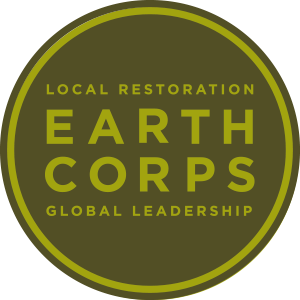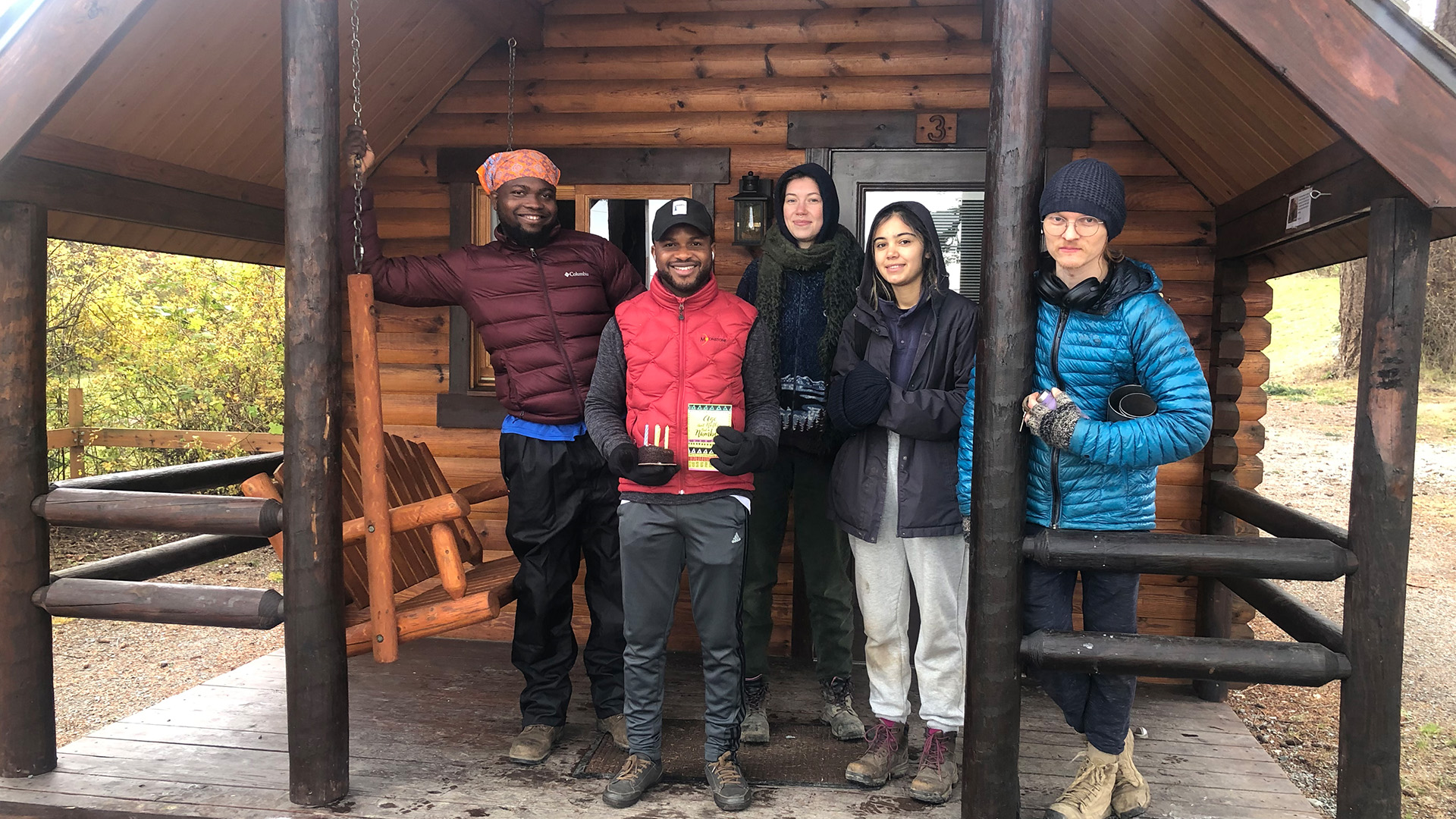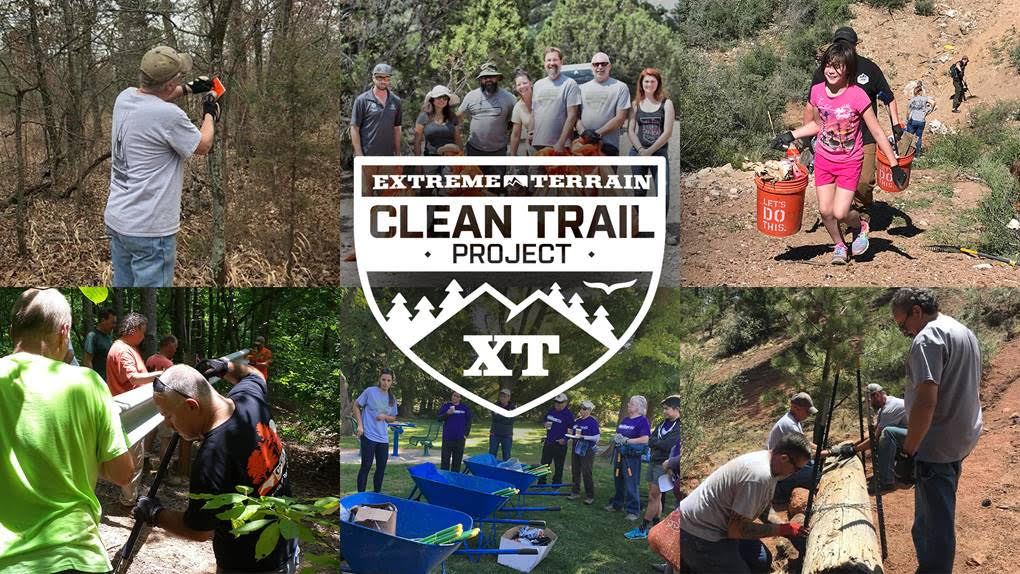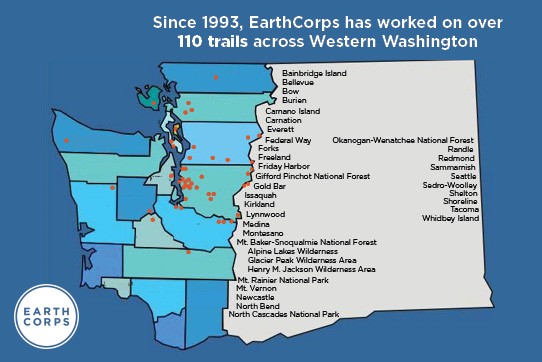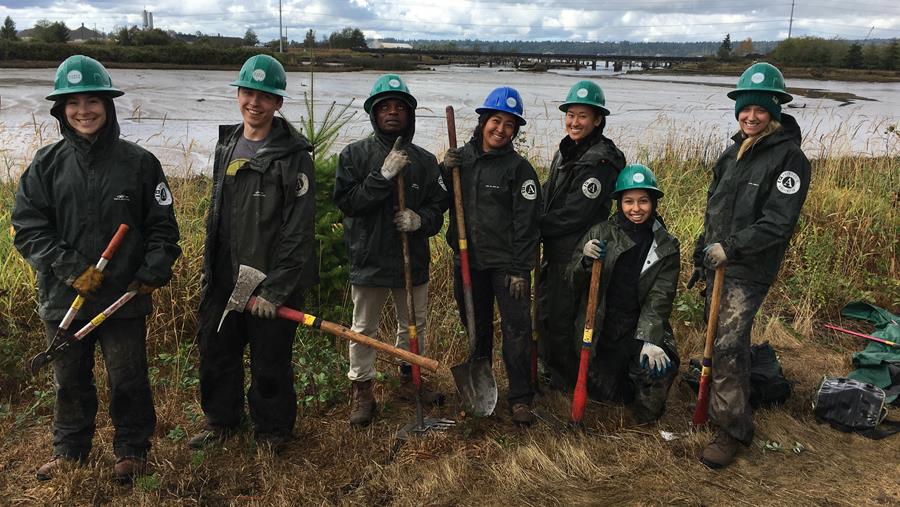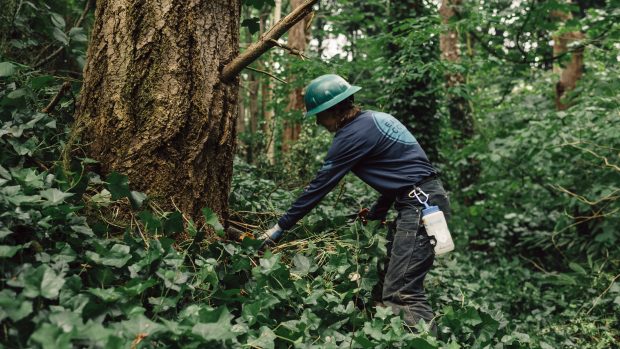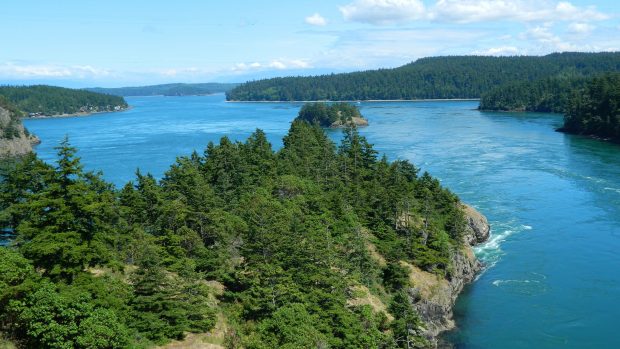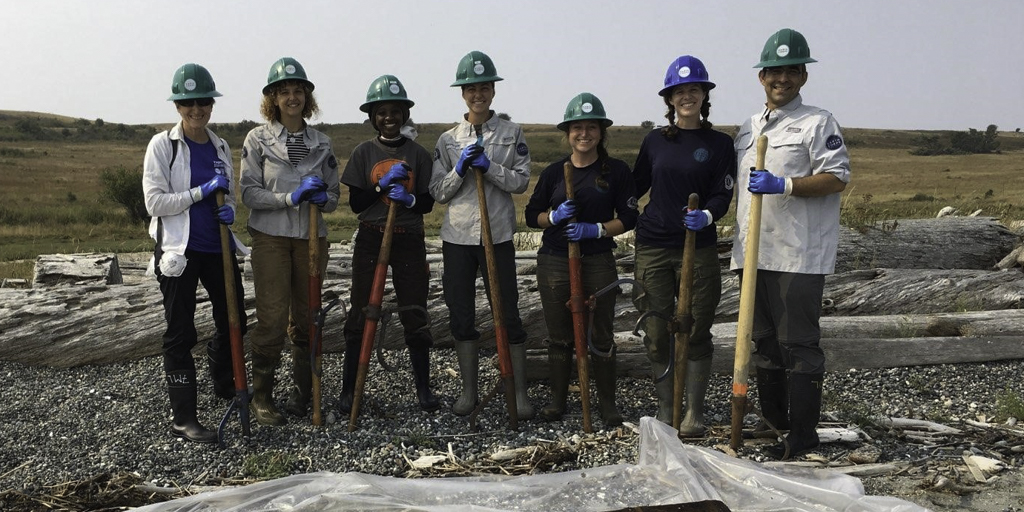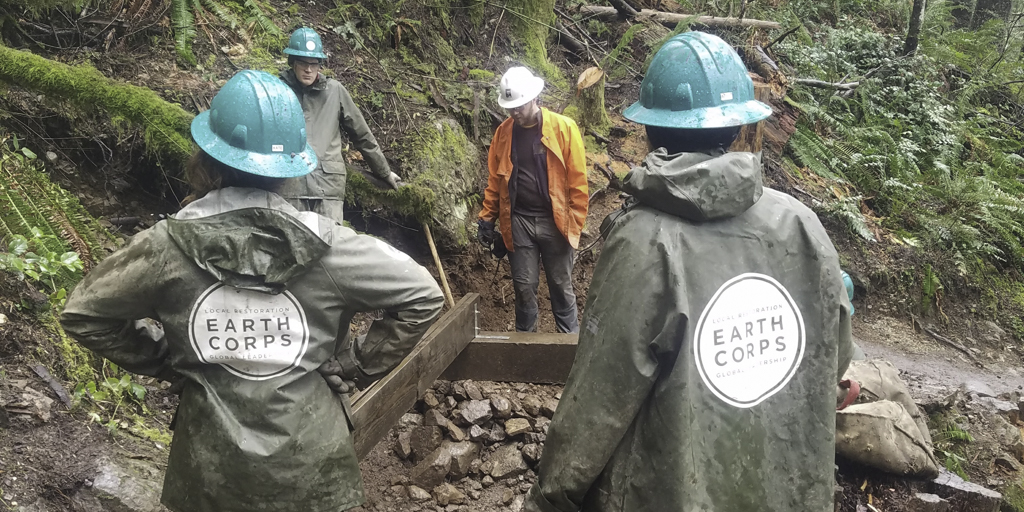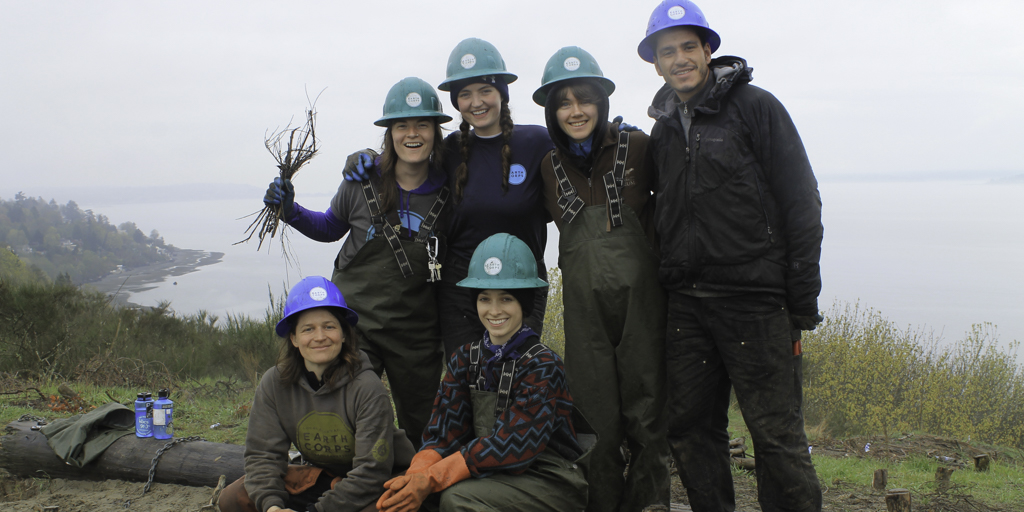Category: Project and Field Highlights
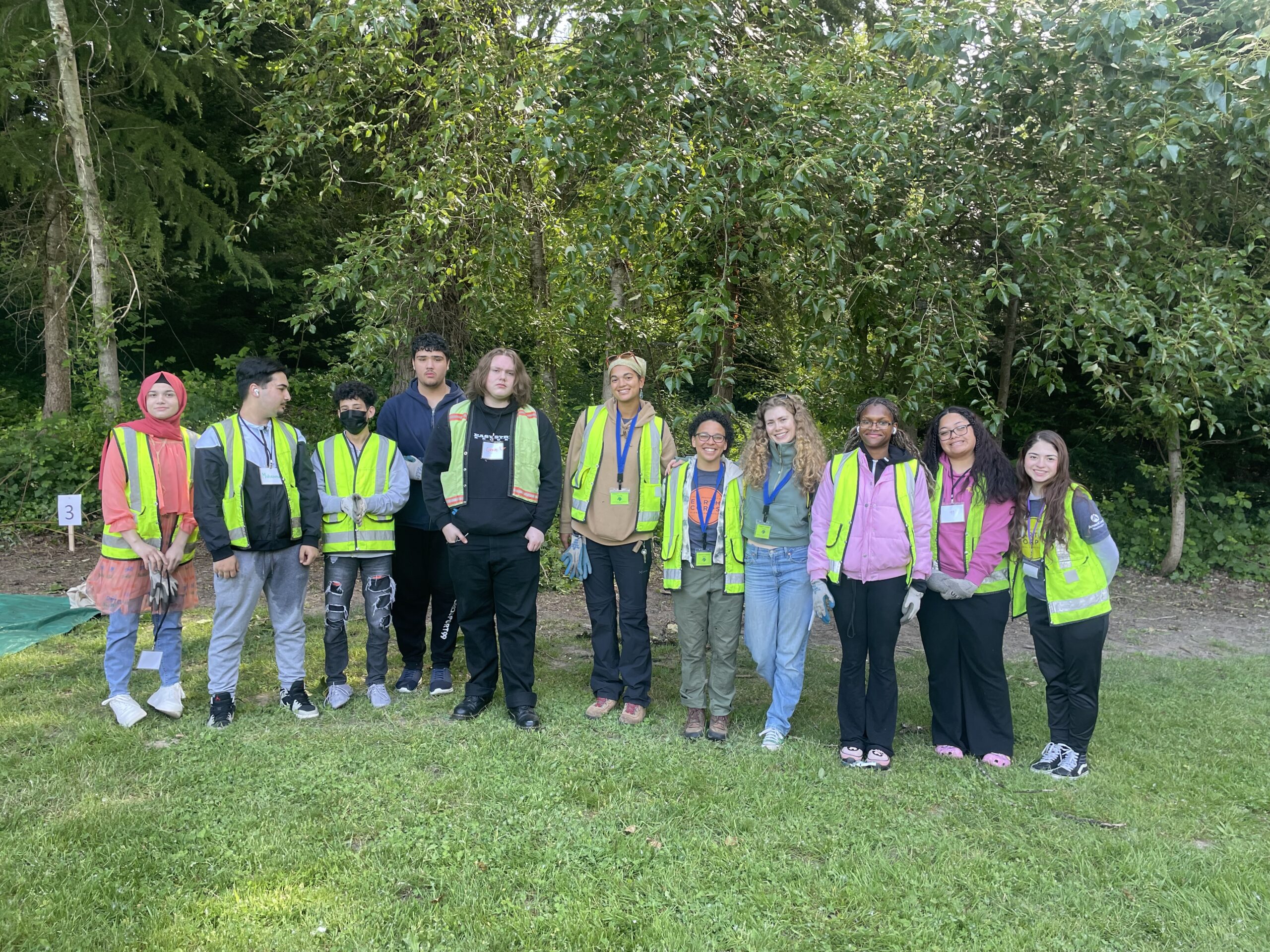
Clayton Beach Pedestrian Overpass
International crew restores popular trail. By Kyle Christensen, Ranger 3, Larrabee State Park It was a cold, dark and rainy week when EarthCorps’ international crew arrived at Larrabee State Park in November to restore the popular Clayton Beach trail. Set in northwestern Washington, Larrabee is the oldest state park in Washington — the original 26...
Thank you ExtremeTerrain!
EarthCorps is grateful for partners like ExtremeTerrain, whose Clean Trail Program, helps fund our work improving Washington trails across Puget Sound. They support projects across the country, and we encourage you to get outside and explore some of these iconic trails! Did you know that over the past 28 years EarthCorps has built and maintained...
Did you know? EarthCorps has worked on more than 110 trails in Washington?
Below is a list of trails where we’ve worked. Do you see your favorite spot listed? If not, here’s your chance to check out some new trails! Fun Fact: Depending on the conditions, a typical trail crew can build up to a mile of trail in a week. On the flip side it might take...
US Senator Cory Booker cites EarthCorps’ work in Climate Stewardship Act proposal!
We’re trying to play it cool, but this is REALLY big! Here is the back story: EarthCorps teamed up with Restore America’s Estuaries (RAE) to study the rate at which coastal wetlands, estuaries, and tidal marshes sequester carbon. We studied how saltwater grasses and other marsh plants take carbon out of the air, and end up burying...
Trees today, forests tomorrow
How does a forest benefit people and nature, and what can we do to ensure that it has an even bigger impact – today, tomorrow, and into the future? This is a question that EarthCorps continually asks as we plan forest restoration projects. Take a look at Discovery Park: Stretching 534 acres, Discovery Park is an urban...
Save the Salmon to Save the Orcas
Puget Sound orcas are hungry. The Southern Resident killer whales, who spend summer and fall in Puget Sound, are picky eaters. About 80% of their diet is Chinook salmon – and they eat a lot of them. An adult orca eats about 385 pounds of fish each day! The Southern Resident killer whales developed a taste for Chinook salmon...
Bioswales and Orca Whales
My 14-year-old daughter, Anna, recently asked me how my week was going. “I’ve been busy saving orca whales,” I told her. She gave me a questioning look and asked, “how?” Well, one of the biggest threats to orcas in the Puget Sound is the decline of their main food source: salmon. And the abundance and...
Rattlesnake Ledge
Winding through the forest, a busy trail overlooks the Cedar River watershed, Mount Si, Mount Washington, Rattlesnake River, and Chester Morse Lake. Built fifteen years ago to accommodate an estimated 40,000 hikers a year, the trail’s stunning panoramic views are now seen by almost 300,000 each year. This is Rattlesnake Ledge. The increased popularity of...
Discovery Park
With 534 acres of growing green forests, it may not be as a surprise that Discovery Park is Seattle’s largest park. Initially built as the U.S. Army’s Fort Lawton, the park was converted to civilian use in 1973. Discovery Park now serves as national model for converting military bases into public parks and community centers....
Working together to improve the Green-Duwamish River
With funding from the King County Flood Control District, EarthCorps crews restored 20,000 square feet of a riparian buffer along the Green – Duwamish River. What is a riparian buffer, and what does it do? A riparian buffer is a fancy term to describe the land along a river. Healthy riparian buffers have a mix...
